 To enhance service speed and avoid tariff delays, we've opened a US warehouse. All US orders ship directly from our US facility.
To enhance service speed and avoid tariff delays, we've opened a US warehouse. All US orders ship directly from our US facility.
| Cat. No. | Product Name | Field of Application | Chemical Structure |
|---|---|---|---|
| DC74338 | DS03090629 Featured |
DS03090629 is a potent, selective, ATP-competitive and orally available MEK1/2 inhibitor, shows high affinity for the MEK protein regardless of its phosphorylation status (npMEK (inactive) Kd=0.11 nM, and pMEK (active) Kd=0.15 nM).
More description
|
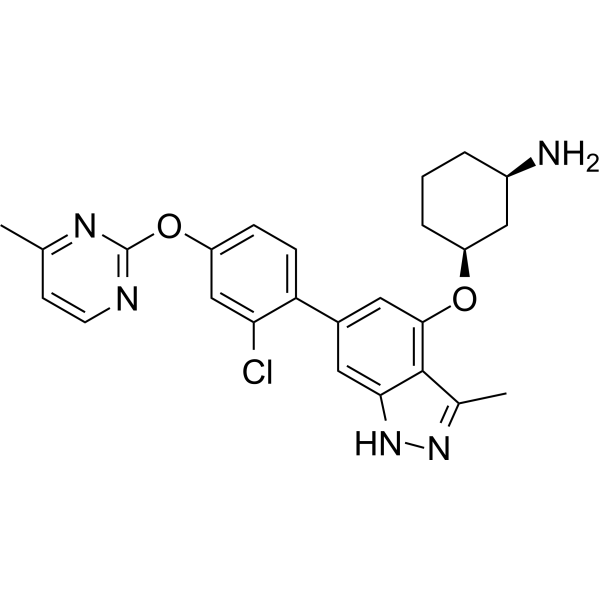
|
| DC67605 | PyCB lipid Featured |
The PyCB (Pyridine Carboxybetaine) lipid is a rationally designed zwitterionic ionizable lipid that serves as a core functional component in the novel three-component (ThrCo) lipid nanoparticle (LNP) platform. It is synthesized by covalently attaching a zwitterionic PyCB structure to the hydroxyl group of the clinically available ionizable lipid ALC-0315.Its key feature is its pH-responsive behavior. At physiological pH (~7.4), the PyCB headgroup exhibits zwitterionic properties, forming charge-assisted hydrogen bonds with water molecules (PyCB-H₂O complexes). This confers high hydrophilicity to the LNP surface, enhancing stability in aqueous environments and reducing nonspecific protein adsorption in the bloodstream. This zwitterionic surface effectively mimics and replaces PEGylated lipids, thereby avoiding PEG immunogenicity and the associated Accelerated Blood Clearance (ABC) effect upon repeated administrations.Crucially, in the acidic environment of endosomes (pH ~6.5), the PyCB group undergoes strong protonation, rapidly transforming into a cationic state (PyCB-H₃O⁺ complexes). This promotes efficient fusion with and disruption of the endosomal membrane, facilitating the escape and cytoplasmic release of encapsulated mRNA.By replacing both cholesterol and PEGylated lipids in traditional LNPs, PyCB lipid enables the redirection of LNP biodistribution from the liver to the spleen, achieving superior spleen-specific mRNA translation and enhancing antigen presentation for potent immune activation.
More description
|
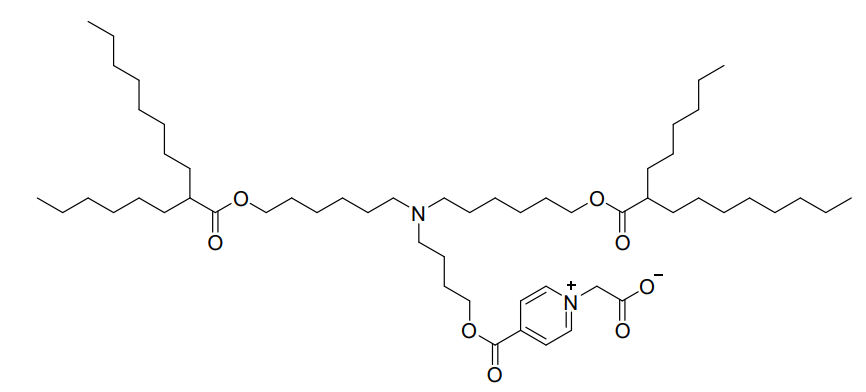
|
| DC7960 | (+)MK-801 maleate Featured |
Dizocilpine maleate(MK 801) is a potent N-methyl-D-aspartate (NMDA) receptor antagonist with Ki of 30.5 nM
More description
|
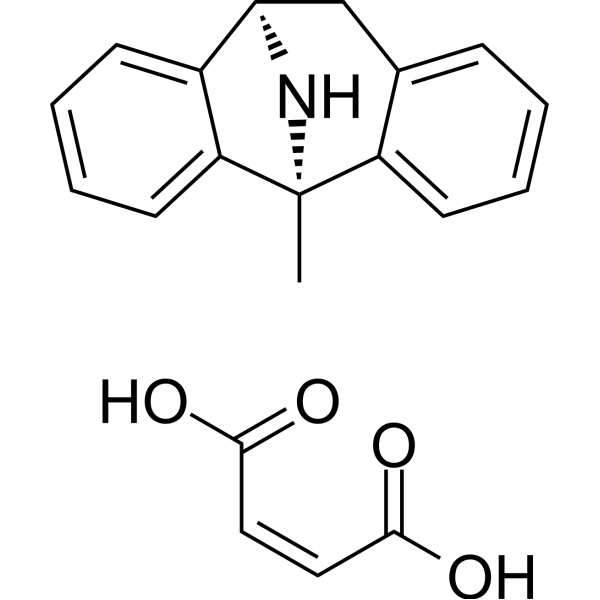
|
| DC60878 | Lipid A-12 Featured |
Lipid A-12 is an ionizable cationic lipid from Capstan Therapeutics and a close analog of CICL-1 (L829). The key structural distinction is in the headgroup spacer length, where the value of 'n' is 1 in A-12, compared to 0 in CICL-1 (L829).
More description
|
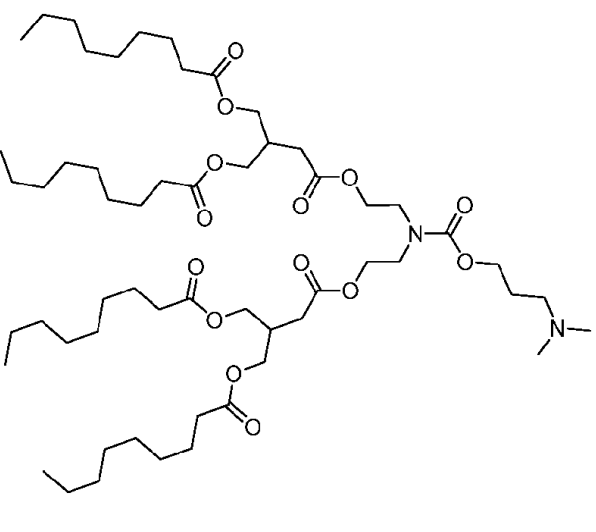
|
| DC7039 | CFTR Inhibitor II Featured |
CFTR Inhibitor II is a cell-permeable glycinyl hydrazone compound that acts as a potent, selective and reversible open-channel blocker of CFTR with intermediate speed (< 1 min; 95% inhibition at 50 µM; Ki = 4.3 µM in CFTR-expressing FRT cells.
More description
|
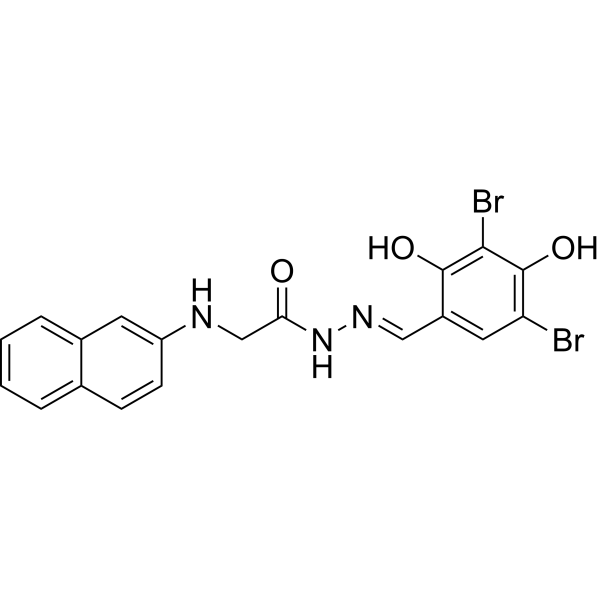
|
| DCY-079 | Procyanidin B2 Featured |
Procyanidin B2 is a natural flavonoid, with anti-cancer, antioxidant activities.
More description
|
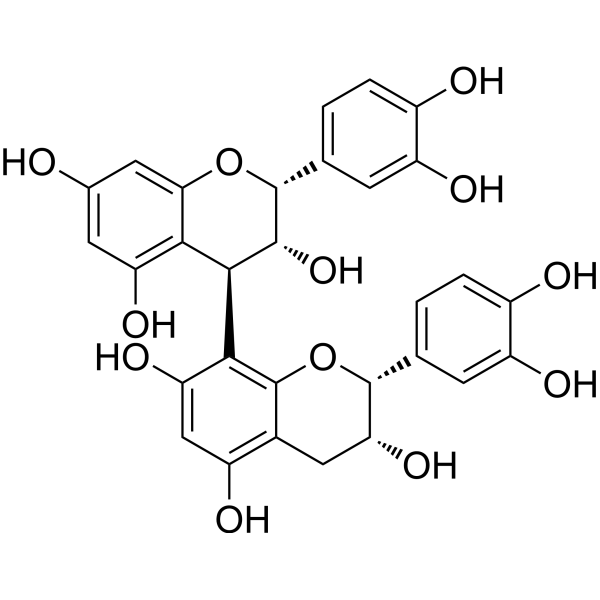
|
| DC65720 | Bis(linoleyl) ketone Featured |

|
|
| DC67649 | (6Z,9Z)-18-broMooctadeca-6,9-diene Featured |
-18-broMooctadeca-6,9-diene.gif)
|
|
| DC71687 | Dlin-MeOH Featured |
Dlin-MeOH is a lipid product for use in drug delivery systems.
More description
|

|
| DC67648 | AT-533 Featured |
AT-533 is a potent Hsp90 and HSV inhibitor. AT-533 suppresses tumor growth and angiogenesis by blocking the HIF-1α/VEGF/VEGFR-2 signaling pathway. AT-533 also inhibits the activation of the downstream pathways, including Akt/mTOR/p70S6K, Erk1/2 and FAK. AT-533 inhibits the tube formation, cell migration, and invasion of human umbilical vein endothelial cells (HUVECs).
More description
|
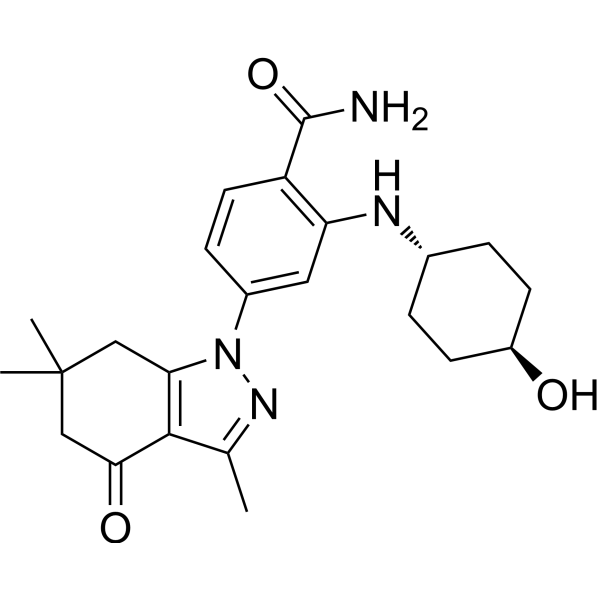
|
| DC67647 | (Rac)-Dizocilpine Featured |
(Rac)-Dizocilpine ((Rac)-MK-801) is the racemate of Dizocilpine (HY-15084B). Dizocilpine (MK-801), a potent anticonvulsant, is a selective and non-competitive N-methyl-D-aspartate (NMDA) receptor antagonist.
More description
|
-Dizocilpine.gif)
|
| DC67646 | Homoalanosine Featured |
Homoalanosine is a substance with herbicidal activity. Homoalanosine has the activity of removing a variety of weeds, but does not damage rice plants.
More description
|
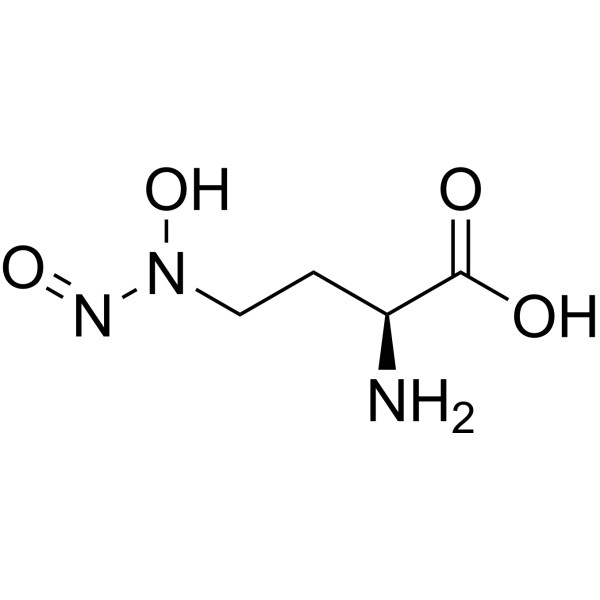
|
| DC28347 | DDAO Featured |
DDAO is a promising near-infrared (NIR) red fluorescent probe with tunable excitation wavelength (600-650 nm) and long emission wavelength (λem = 656 nm). DDAO can de desiged for detection of the activities of different enzymes such as β-galactosidase, sulfatase, protein phosphatase 2A, carboxylesterase 2, human albumin and esterases.
More description
|
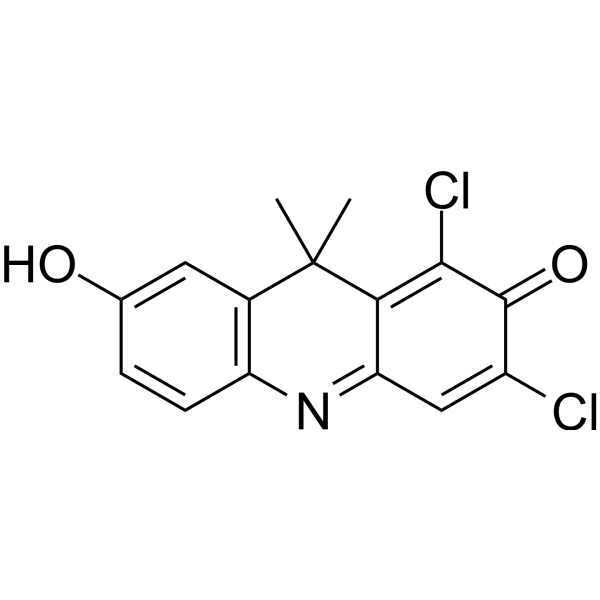
|
| DC10831 | HS-27 Featured |
Hs-27 is a Novel Hsp90 Inhibitor, Exhibits Diagnostic and Therapeutic Potential in Triple Negative Breast Cancer.
More description
|
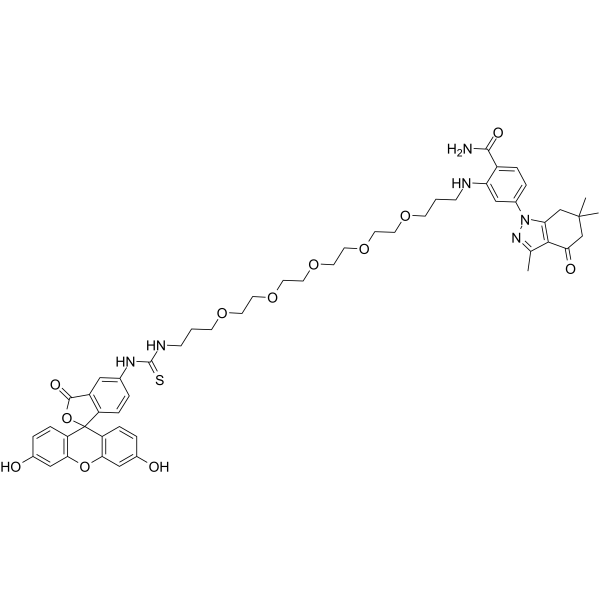
|
| DC67645 | AMPA receptor antagonist-3 Featured |
AMPA receptor antagonist-3 is an AMPA receptor antagonist extracted from patent US20070027143A1. AMPA receptor antagonist-3 can be used for the research of central nervous system disorders.
More description
|
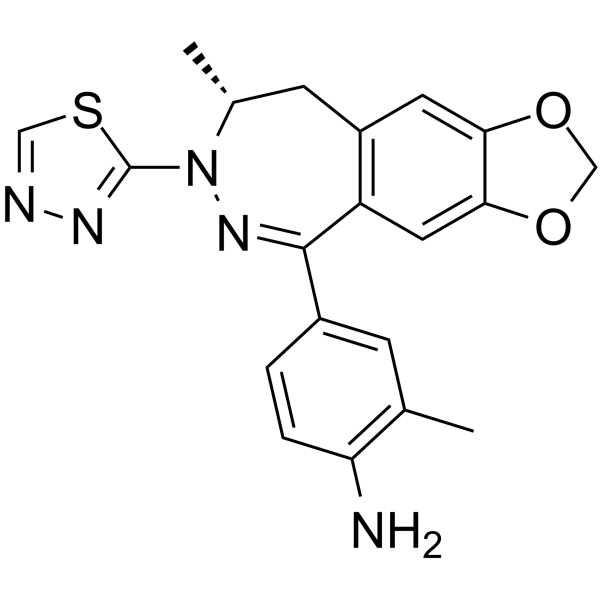
|
| DC67644 | 7-BROMO-2,3-DIHYDROPYRANO[2,3-B]QUINOLINE Featured |

|
|
| DC10802 | AMPA/kainate antagonist-2 Featured |
A novel Non-competitive AMPA/kainate antagonist.
More description
|
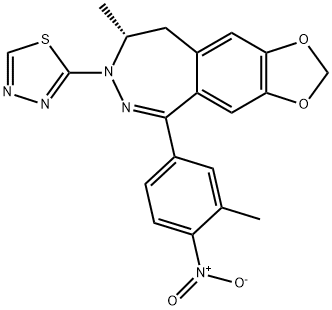
|
| DC8773 | JNJ-7777120 Featured |
JNJ-7777120 is a selective H4R antagonist with Ki of 4 ±1 nM, exhibits >1000-fold selectivity over the other histamin receptors.
More description
|
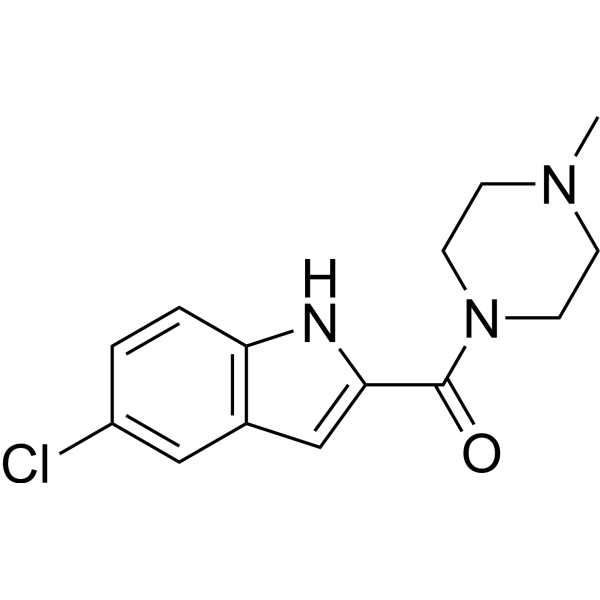
|
| DC10801 | AMPA/kainate antagonist-1 Featured |
A novel Non-competitive AMPA/kainate antagonist.
More description
|
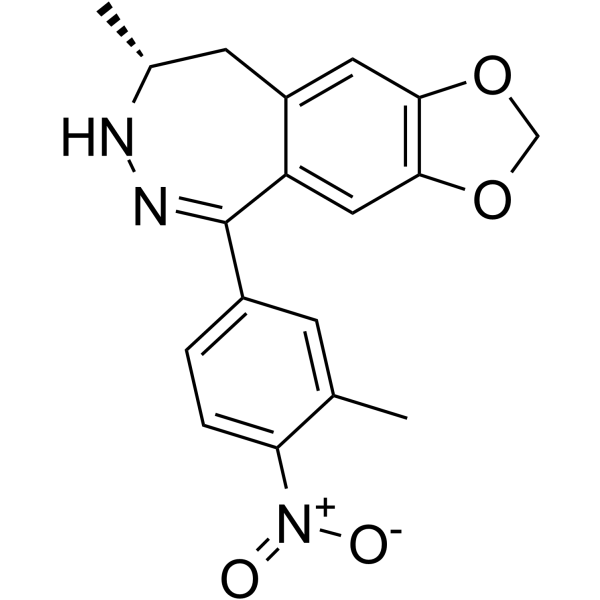
|
| DC67643 | BRS-3 receptor agonist-2 Featured |
BRS-3 receptor agonist-2 (compound 2) is a potent BRS-3 receptor agonist, with an EC50 of 2.5 nM for mouse BRS-3 receptor.
More description
|
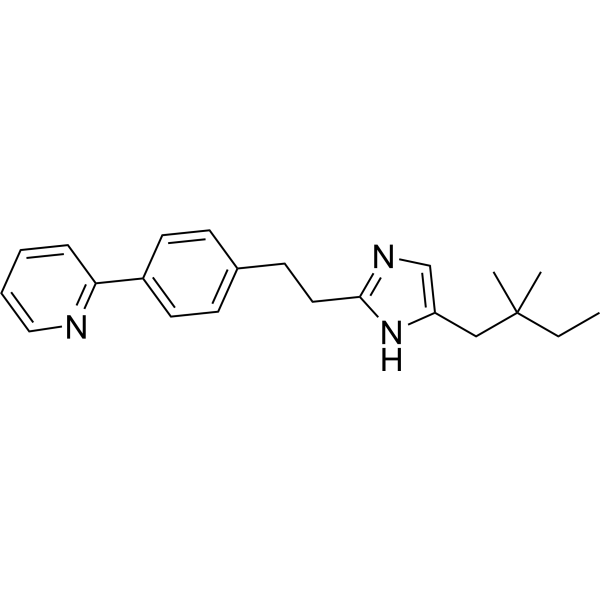
|
| DC67642 | bag-2 2-[4-[2-[5-(cyclopentylmethyl)-1H-imidazol-2-yl]ethyl]phenyl]benzoic acid Featured |
-1H-imidazol-2-yl]ethyl]phenyl]benzoic acid.gif)
|
|
| DC67641 | 3-Phenylthiazolidine-2,4-dione Featured |
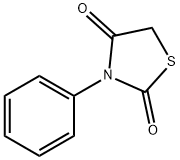
|
|
| DC67640 | 3-Methyl-4-nitrobenzaldehyde Featured |
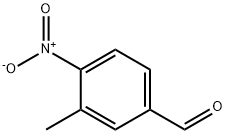
|
|
| DC1058 | LY294002 Featured |
LY294002 is a PI3K inhibitor for p110α, p110δ and p110β with IC50 of 0.5 μM, 0.57 μM and 0.97 μM, respectively.
More description
|
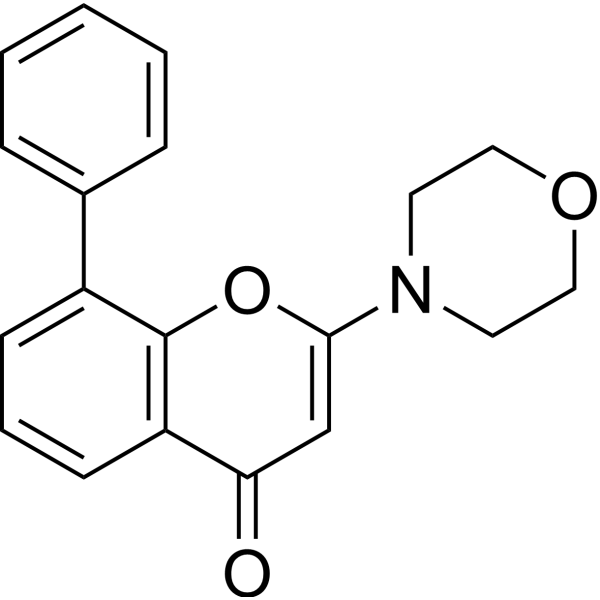
|
| DCC3181 | ly-294002 Hydrochloride Featured |
Selective cell permeable phosphatidylinositol 3-kinase (PI3K) inhibitor
More description
|
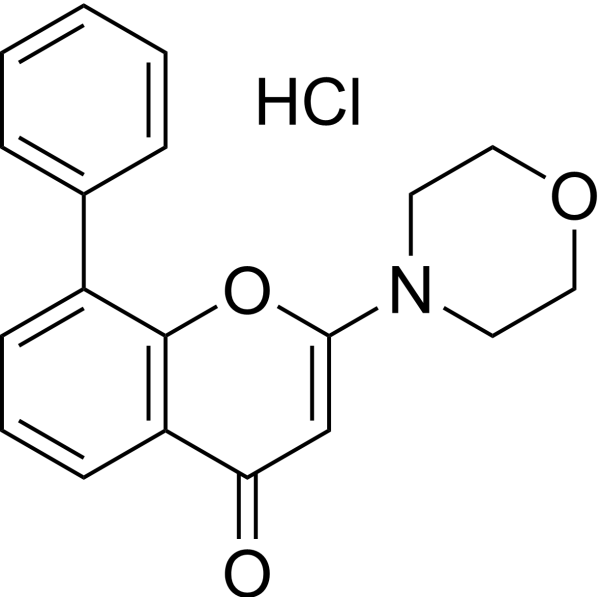
|
| DC9639 | iCRT 14 Featured |
iCRT 14 is a novel potent inhibitor of β-catenin-responsive transcription (CRT) (IC50 = 40.3 nM in assays of Wnt pathway activity).
More description
|
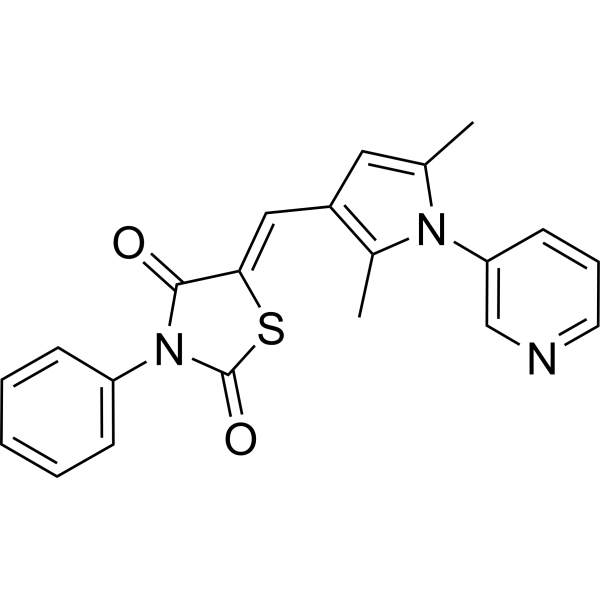
|
| DC26053 | Benzamil (hydrochloride) Featured |
Benzamil hydrochloride is a specific and potent sodium channel (ENaC) blocker.
More description
|
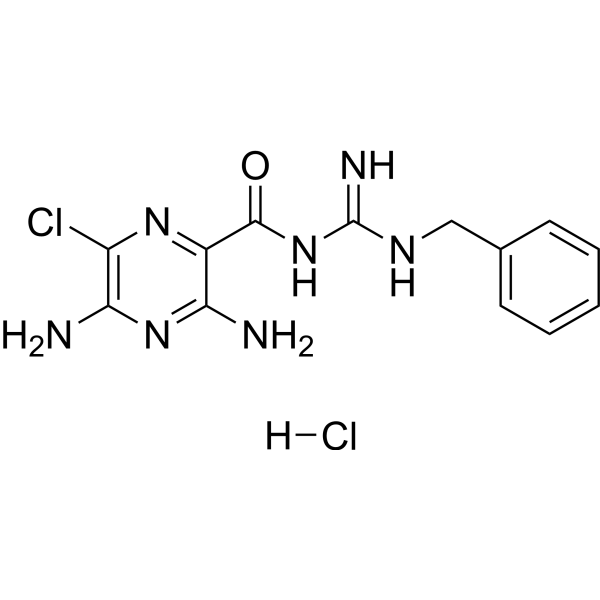
|
| DC67639 | N-Α-BENZOYL-L-ARGININE ETHYL ESTER HYDROCHLORIDE Featured |
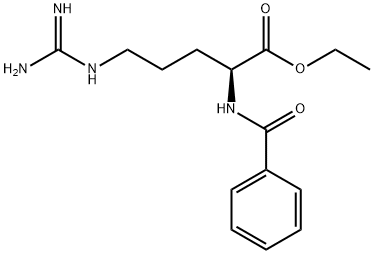
|
|
| DC67638 | N-Benzoyl-L-arginine ethyl ester hydrochloride Featured |
N-Benzoyl-L-arginine ethyl ester hydrochloride is an arginine derivative.
More description
|
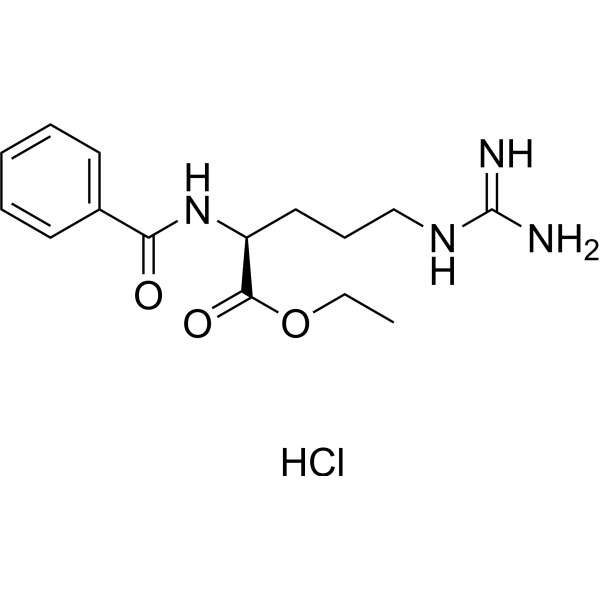
|
| DC7816 | MG-132 Featured |
MG-132 is an inhibitor of proteasome with IC50 of 100 nM, and also inhibits calpain with IC50 of 1.2 μM.
More description
|
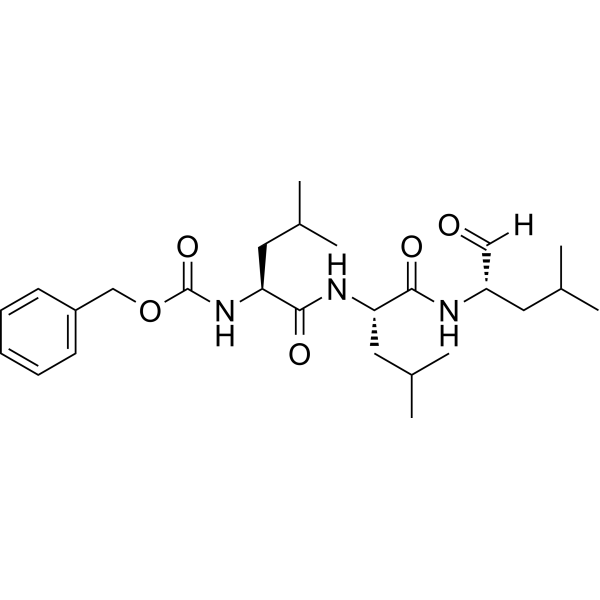
|